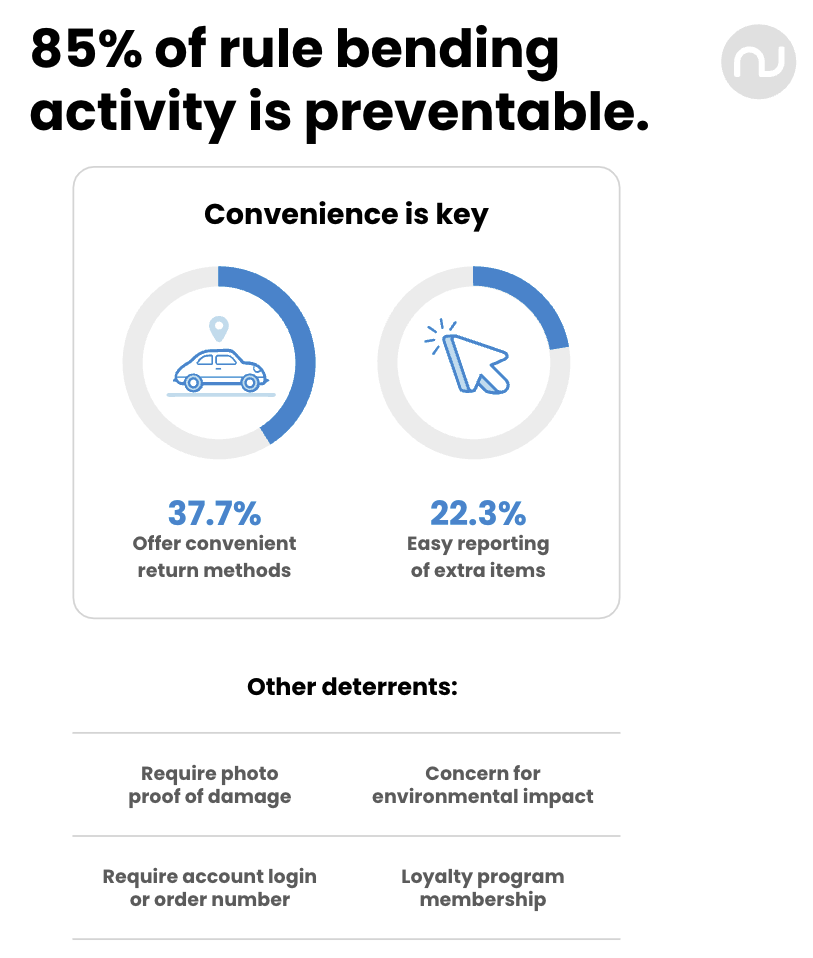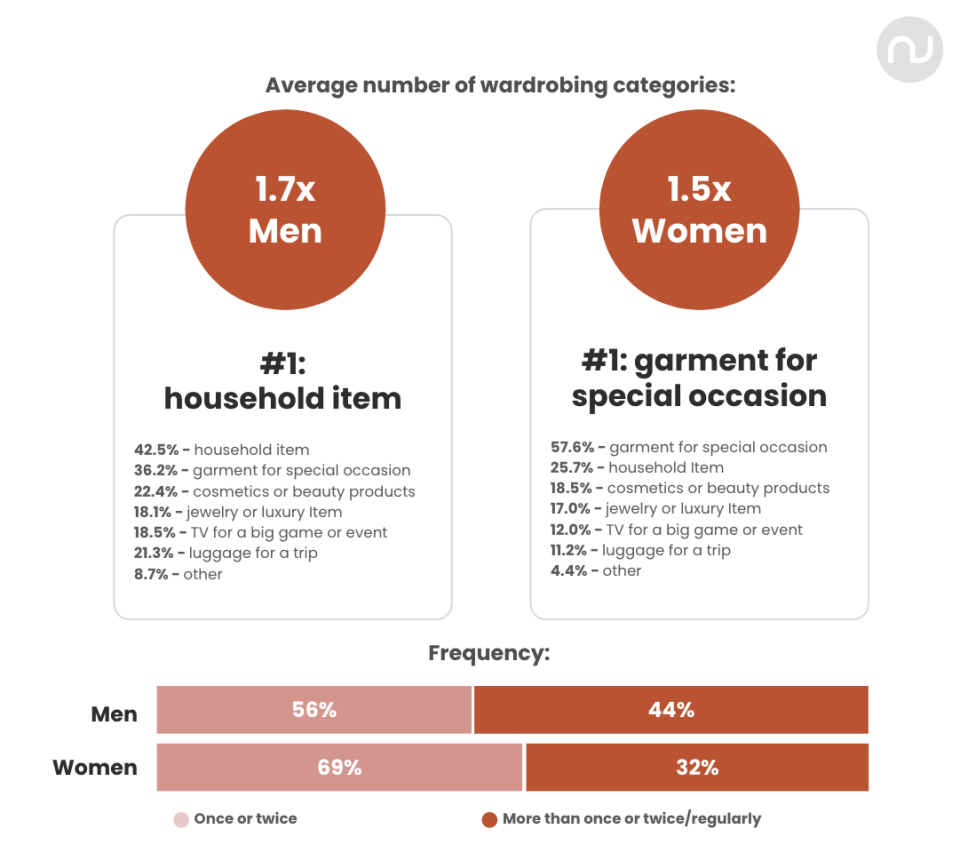Survey Reveals 60 Percent of Online Shoppers Bend the Rules With Returns

Narvar’s latest consumer research reveals the impact of so-called “rule bending” on online returns. In a poll of more than 2,100 shoppers this past spring, Narvar also found that retailers and brands “can prevent 85 percent of instances of consumers bending the rules or exploiting loopholes in returns policies by making the returns experience more convenient and personal.”
The survey was conducted in the U.S. and in the U.K. “The study also revealed that only 35 percent of consumers currently abide by all return policy rules, leaving nearly two-thirds engaging in some level of deceptive behavior when it comes to returns,” Narvar said in a statement.
More from WWD
Why the Fiorucci Store Was the Mother of All Retail Concepts
Unites States Retail in the Aftermath of Police Brutality Protests
To help merchants better understand shopper motivations for rule-bending as well as tactics to prevent it, Narvar identified four behavioral archetypes of shoppers who return products.
Anisa Kumar, chief customer officer at Narvar, said by understanding “the different types of problematic behavior associated with returns — and their deterrents — retailers can more easily solve the biggest pain points in their current returns processes and personalize the experience to curb further issues. By adding some additional checkpoints to the process and offering the right loyalty incentives, retailers can prevent a significant amount of revenue loss associated with returns.”

Courtesy image.
The first persona is the policy-abiding shoppers. Narvar found that 35 percent of these customers “do the right thing every time with returns, even if a return is necessary due to a retailer’s mistake or is a hassle for the customer.”
But 60 percent of shoppers are rule benders, who do it out of convenience or simply “won’t bother to report a mistake in their favor, such as when they receive an extra item or state they didn’t receive their purchased item but find it later and don’t correct the record,” Narvar said.
The third persona was the policy-abusing shopper. Narvar found that 25 percent of customers “intentionally take advantage of returns policies for monetary gain, such as by falsely claiming an item they damaged themselves was delivered that way, falsely claiming an item is missing or damaged, or intentionally shipping back an incorrect item.” The authors of the study noted that almost 30 percent of respondents “who admit to this intentional behavior, unfortunately, engage in it more than once or twice, and most justify their actions by demonizing the business.”

Courtesy image.
The fourth persona identified was the wardrobing shoppers. The report stated that 25 percent of those polled buy items “with the intention of using them only once or twice and then returning them for a full refund.” Narvar said men are more frequent perpetrators of wardrobing compared to women. “To reduce wardrobing, retailers can steer customers toward legitimate rental options and clearly communicate that those who engage in the behavior may be blacklisted, which repeat offenders cite as their main concern,” the company said.
Other findings of the report include that close to 40 percent of consumers polled “say that if returns weren’t such a hassle (e.g., if home pickup were offered), they would be more likely to do the right thing.”
Sign up for WWD's Newsletter. For the latest news, follow us on Twitter, Facebook, and Instagram.


